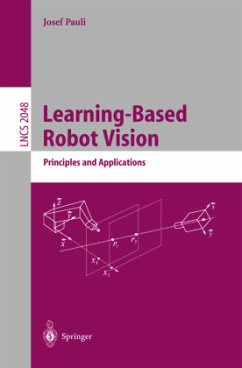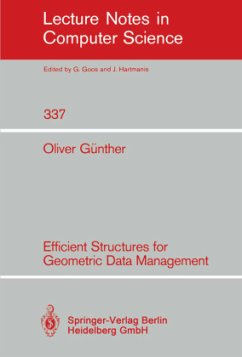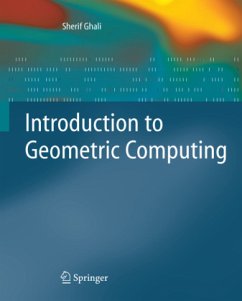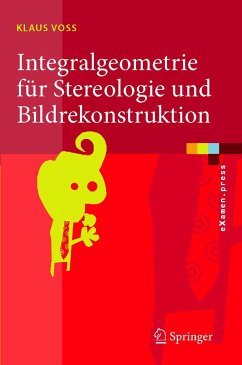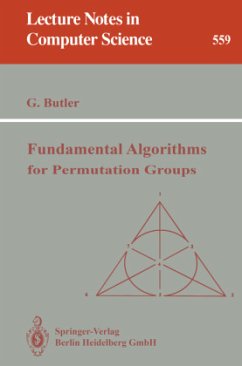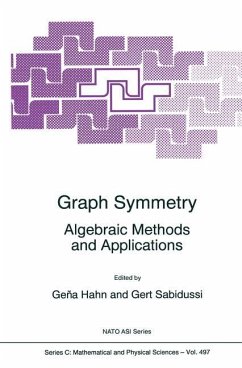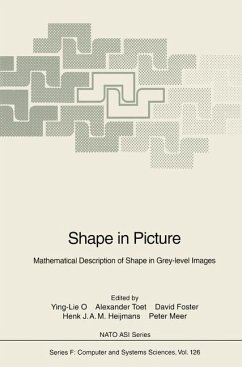
A Generative Theory of Shape

PAYBACK Punkte
39 °P sammeln!
The purpose of this book is to develop a generative theory of shape that has two properties we regard as fundamental to intelligence -(1) maximization of transfer: whenever possible, new structure should be described as the transfer of existing structure; and (2) maximization of recoverability: the generative operations in the theory must allow maximal inferentiability from data sets. We shall show that, if generativity satis?es these two basic criteria of - telligence, then it has a powerful mathematical structure and considerable applicability to the computational disciplines. The requiremen...
The purpose of this book is to develop a generative theory of shape that has two properties we regard as fundamental to intelligence -(1) maximization of transfer: whenever possible, new structure should be described as the transfer of existing structure; and (2) maximization of recoverability: the generative operations in the theory must allow maximal inferentiability from data sets. We shall show that, if generativity satis?es these two basic criteria of - telligence, then it has a powerful mathematical structure and considerable applicability to the computational disciplines. The requirement of intelligence is particularly important in the gene- tion of complex shape. There are plenty of theories of shape that make the generation of complex shape unintelligible. However, our theory takes the opposite direction: we are concerned with the conversion of complexity into understandability. In this, we will develop a mathematical theory of und- standability. The issue of understandability comes down to the two basic principles of intelligence - maximization of transfer and maximization of recoverability. We shall show how to formulate these conditions group-theoretically. (1) Ma- mization of transfer will be formulated in terms of wreath products. Wreath products are groups in which there is an upper subgroup (which we will call a control group) that transfers a lower subgroup (which we will call a ?ber group) onto copies of itself. (2) maximization of recoverability is insured when the control group is symmetry-breaking with respect to the ?ber group.





